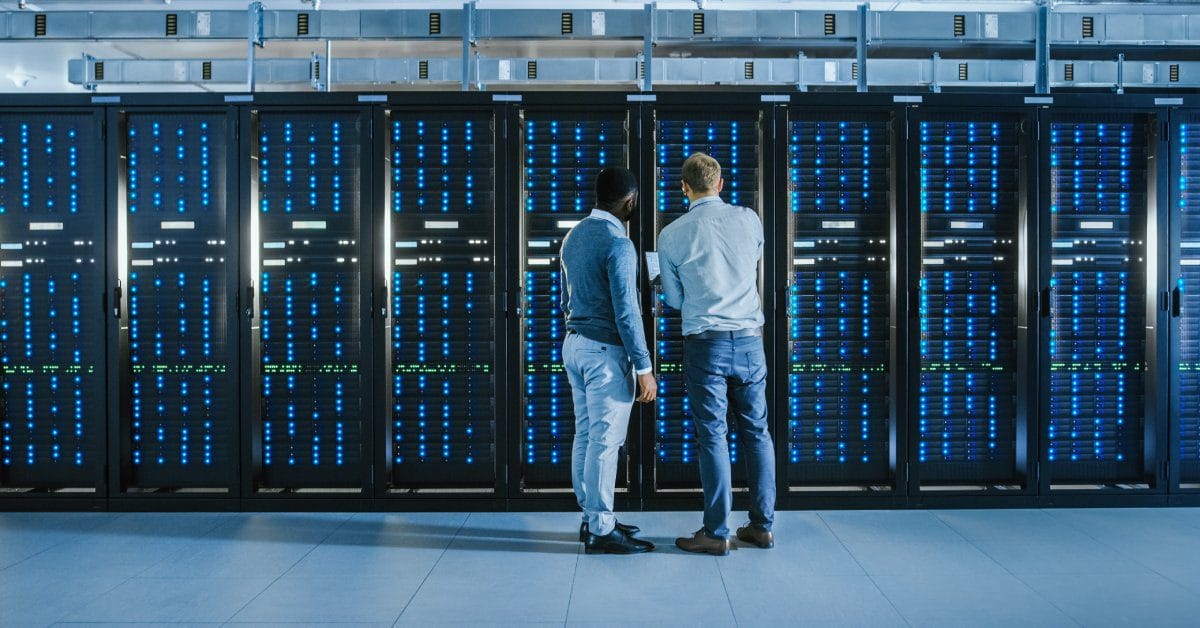
In today’s technology-driven world, ensuring the safety and continuous operation of data centers is paramount. This may have you wondering whether your data center needs a disaster recovery plan. With the increasing reliance on digital infrastructure, understanding the importance of disaster recovery is more relevant than ever. Explore the compelling reasons behind the necessity of such plans, and gain some insights into their core components.
Understanding Data Center Vulnerabilities
Data centers store critical information, manage massive amounts of data, and support essential services. However, these technological powerhouses are not immune to risks. Numerous threats, from natural disasters like earthquakes and floods to cyberattacks and equipment failures, can jeopardize their functionality. Recognizing these vulnerabilities is the first step in acknowledging the need for a disaster recovery plan. Such plans are integral to maintaining business continuity and minimizing downtime, which can have significant financial implications. To fortify your data center against these risks, a proactive approach is essential.
Components of an Effective Disaster Recovery Plan
A robust disaster recovery plan comprises several key components. First, risk assessment identifies potential threats and evaluates their impact on operations. Second, a clear communication strategy ensures all stakeholders are informed and coordinated during a crisis. Third, a well-defined recovery process outlines step-by-step actions to restore functionality swiftly. Additionally, regular testing and updates are crucial to ensure the plan’s efficacy over time. By incorporating these elements, your organization can establish a comprehensive framework to protect your data center.
The Role of Open-Frame Seismic Server Racks
Open-frame seismic server racks are pivotal components in enhancing data center resilience. These racks are designed to withstand seismic activity, providing stability and protection for critical equipment. Implementing seismic server racks is crucial for facilities located in earthquake-prone regions, as their robust construction minimizes the risk of equipment damage during tremors, ensuring the continuity of operations. Investing in high-quality server racks is a strategic move that aligns your business with a broader disaster recovery plan. By prioritizing the physical security of your infrastructure, you strengthen your overall preparedness.
So, does your data center need a disaster recovery plan? The answer is unequivocally affirmative. The complex landscape of modern business operations demands proactive measures to safeguard against an array of risks. Your data center can enhance its resilience and ensure continuity by addressing potential vulnerabilities. In the dynamic world of technology, a comprehensive disaster recovery plan is not an option—it’s a necessity. Stay vigilant, prioritize preparedness, and secure the future of your operations by investing in a robust disaster recovery strategy.
